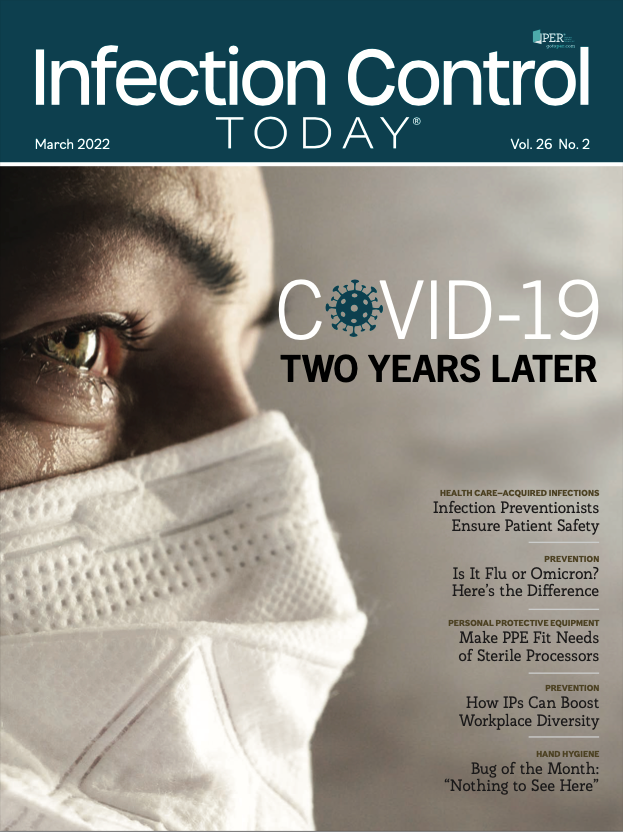COVID-19 Reinfections in Early Stage of Pandemic Examined
CDC investigators looked at what might cause reinfections during the first wave of the pandemic.
Before the arrival of various variants of COVID-19, such as the Delta variant, reinfection of health care professionals and first responders over a 9-month period was fairly uncommon, according to a study in Clinical Infectious Diseases. Investigators with the Centers for Disease Control and Prevention (CDC) looked at serology surveys and viral testing results of participants from Rhode Island from March 1, 2020, to February 17, 2021, and for New York City participants from March 10, 2020, to December 14, 2020. The rollout of vaccines began December 14, 2020, in both jurisdictions but vaccine data were not used in this study, and symptom data were also unavailable.
“Seropositivity decreased reinfection risk,” the study states. “Lower reinfection risk associated with exposure to a household member with COVID-19 before the serosurvey may reflect subsequently reduced household transmission among members of previously infected households.”
Included in the study were individuals who tested positive for SARS-CoV-2 14 or more days after their first serology test. The CDC investigators defined reinfection as a second positive test 90 or more days after the first positive test.
“The association between serostatus and reinfection was assessed with a proportional hazards model adjusting for demographics, exposures, and virus testing frequency,” the study states.
Of 1572 participants who’d been infected with SARS-CoV-2, 40 (2.5%) were reinfected. Reinfections for seropositive participants was 1.9%; while 8.4% of seronegative participants were reinfected. Most of the reinfections occurred among nursing home residents and corrections personnel in Rhode Island (n=30). They were also tested the most, with a mean testing rate of 30.3 tests as opposed to 4.6 for other Rhode Island and New York City participants.
The greater number of tests in Rhode Island sprung from the CDC mandating routine periodic testing for nursing home residents and staff. The Rhode Island Department of Health conducted frequent testing among prison personnel because of COVID-19 outbreaks in those institutions.
“Although increased testing frequency was mandated in New York skilled nursing facilities, nursing home personnel were not included in the New York City serosurvey,” the study states.
The adjusted hazard ratio (aHR) for reinfection in seropositive versus seronegative persons was 0.41 (95% CI 0.20, 0.81),” the study states. “Exposure to a household member with COVID-19 before the serosurvey was also protective (aHR 0.34, 95% CI 0.13, 0.89).”
Individuals who reported exposure to a household member with COVID-19 prior to the serology survey were less likely to be reinfected. Reinfection was not associated with other risk factors such as underlying health conditions.
“Studies of health care personnel have found that community transmission was a strong risk factor for initial infection,” the study states. “Persons initially infected in their households may have a lower risk of subsequent household infection if household members also developed immunity.”

Endoscopes and Lumened Instruments: New Studies Highlight Persistent Contamination Risks
May 7th 2025Two new studies reveal troubling contamination in both new endoscopes and cleaned lumened surgical instruments, challenging the reliability of current reprocessing practices and manufacturer guidelines.
Happy Hand Hygiene Day! Rethinking Glove Use for Safer, Cleaner, and More Ethical Health Care
May 5th 2025Despite their protective role, gloves are often misused in health care settings—undermining hand hygiene, risking patient safety, and worsening environmental impact. Alexandra Peters, PhD, points out that this misuse deserves urgent attention, especially today, World Hand Hygiene Day.